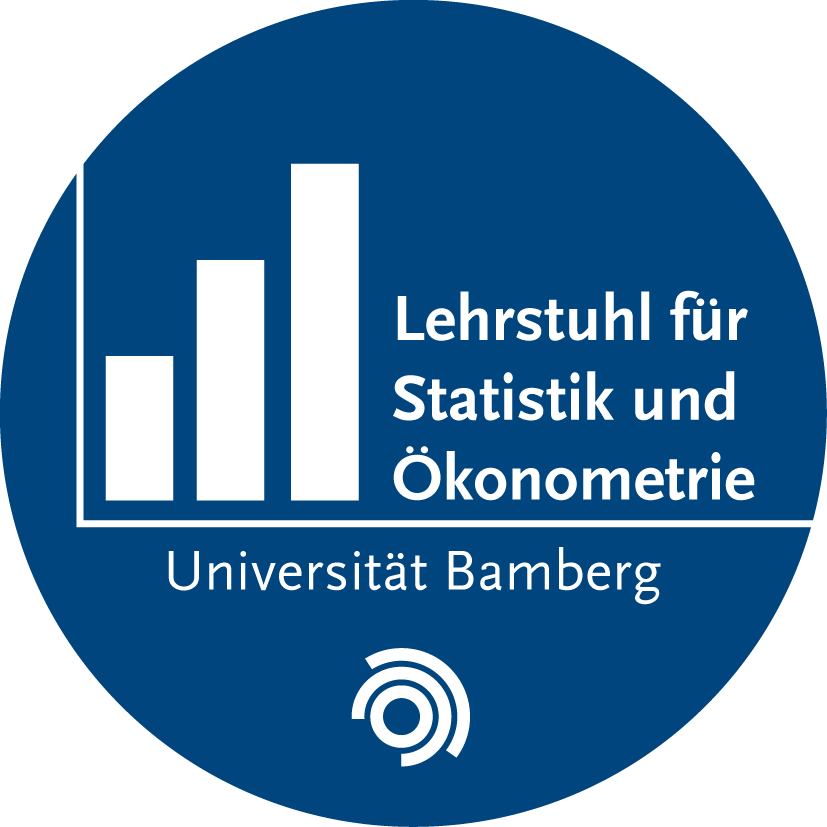Neuer Artikel im AStA Wirtschafts- und Sozialstatistisches Archiv
Kernel density smoothing of composite spatial data on administrative area level
Erfurth, K.; Groß, M.; Rendtel, U.; Schmid, T.
Abstract: Composite spatial data on administrative area level are often presented by maps. The aim is to detect regional differences in the concentration of subpopulations, like elderly persons, ethnic minorities, low-educated persons, voters of a political party or persons with a certain disease. Thematic collections of such maps are presented in different atlases. The standard presentation is by Choropleth maps where each administrative unit is represented by a single value. These maps can be criticized under three aspects: the implicit assumption of a uniform distribution within the area, the instability of the resulting map with respect to a change of the reference area and the discontinuities of the maps at the borderlines of the reference areas which inhibit the detection of regional clusters.
In order to address these problems we use a density approach in the construction of maps. This approach does not enforce a local uniform distribution. It does not depend on a specific choice of area reference system and there are no discontinuities in the displayed maps. A standard estimation procedure of densities are Kernel density estimates. However, these estimates need the geo-coordinates of the single units which are not at disposal as we have only access to the aggregates of some area system. To overcome this hurdle, we use a statistical simulation concept. Here we present three modifications of the basic SEM algorithm: 1) We introduce a boundary correction which removes the underestimation of kernel density estimates at the borders of the population area. 2) We recognize unsettled areas, like lakes, parks and industrial areas, in the computation of the kernel density. 3) We adapt the SEM algorithm for the computation of local percentages which are important especially in voting analysis.
We evaluate our approach against several standard maps by means of the local voting register with known addresses. In the empirical part we apply our approach for the display of voting results for the 2016 election of the Berlin parliament. We contrast our results against Choropleth maps and show new possibilities for reporting spatial voting results.
Kerstin Erfurth, Marcus Groß, Ulrich Rendtel & Timo Schmid (2021) Kernel density smoothing of composite spatial data on administrative area level, AStA Wirtschafts- und Sozialstatistisches Archiv, DOI: https://doi.org/10.1007/s11943-021-00298-9
